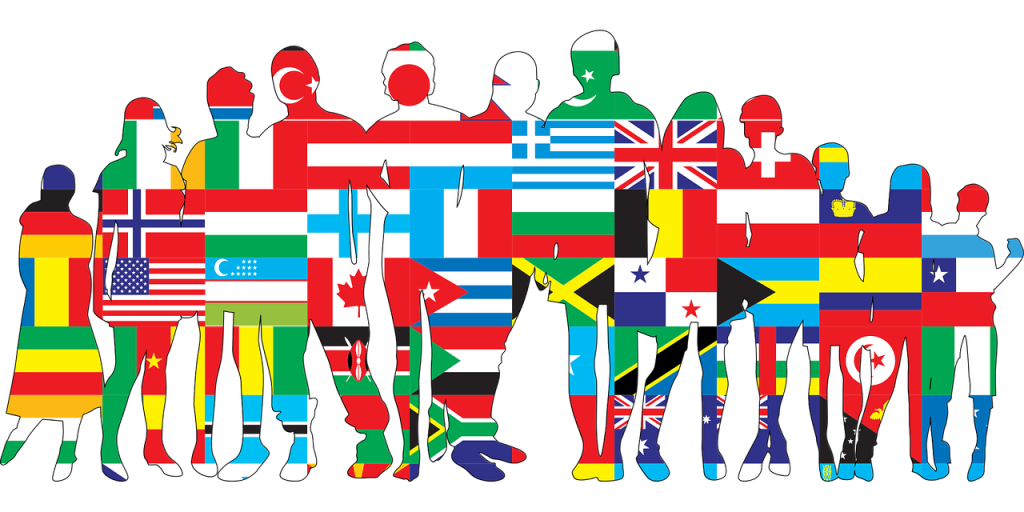“On the Spot” backs members of Culture on the Edge into a corner to talk about their backgrounds, their ongoing work, and what might be gained by an alternative understanding of how identity works.
 1) When people ask what you study, what do you tell them?
1) When people ask what you study, what do you tell them?
Typically, I respond with the straightforward “Religions of India, like Hinduism and Islam” or “Religions of Asia.” While the answer prompts some people to talk about whomever they know who is from India or has visited India, the perceived exotic nature of India, Hinduism, and Islam means that fewer people are confident to start a lengthy discourse about India, as some people do if I simply answer “religion.”
2) How do questions of identity manifest in your research?
My initial intention was to study the difference between strict religious identifications and the fluidity of practice, as many in India participate in practices that we commonly identify with competing religions. Self-identified Hindus not only celebrate festivals with their co-workers and friends who identify as Muslim, but they also often pray for healing or assistance at Sufi shrines. Similarly, self-identified Muslims have cooperated with Hindus in both ritual and non-ritual practices, even serving as sponsors and performers in particular festivals. And the same dynamics play out among people who identify as Sikh, Jain, or Christian in many parts of India. Continue reading “On the Spot with Steven Ramey”


 “Celebrating” my birthday a few days ago brought to mind the ways that we mark the passage of time are socially constructed, and thus could be constructed differently. Yet, being socially constructed does not negate having significant consequences. While the movement of the earth around the sun is a reasonable measure for marking time, it is not the only measure that people use.
“Celebrating” my birthday a few days ago brought to mind the ways that we mark the passage of time are socially constructed, and thus could be constructed differently. Yet, being socially constructed does not negate having significant consequences. While the movement of the earth around the sun is a reasonable measure for marking time, it is not the only measure that people use.





